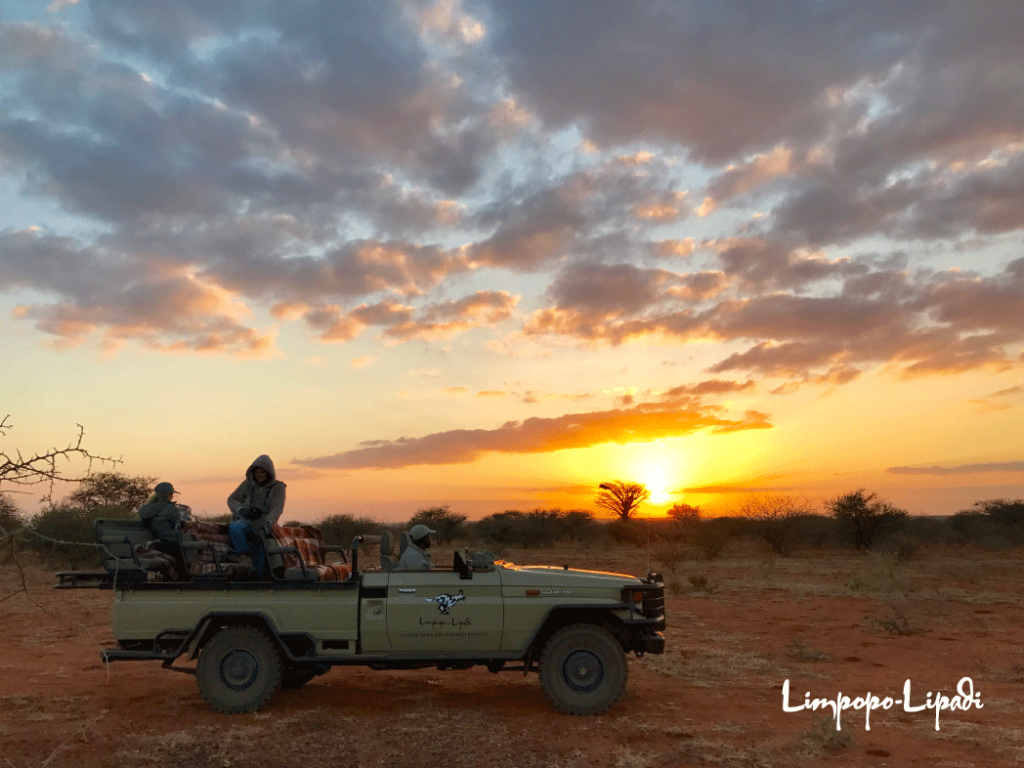The lockdown period in Botswana was a period on intensive work, especially when it came to finalising and (the start of) implementing the conservation plans of our beautiful and interlinked ecosystems for the years to come. Our reserve manager, Duane shares his reflections on our ecosystems and how everything has been interdependent and linked for millennia and hopefully will be for many years to come.
“Having recently completed the RMP (Reserve Management Plan) for Limpopo-Lipadi and readied it for submission to the Board of Directors, it made me think about the multitude of interlinked ecosystems that make up this wonderful reserve. It is breathtaking to think that all the organisms that make up these various systems have all developed through many millennia to fit their respective niches, to be able to function in the often harsh conditions of the African bushveld savanna.
From giraffes that developed their long necks, and armoured tongues, to browse thorny Vachellia trees, to kudu that use their spiral horns to break tree branches that would otherwise be inaccessible. Wildebeest have developed their long faces to be able to graze short grass whilst still being able to look out for hidden dangers. Warthogs develop the pads on their front legs whilst just embryos, enabling them to graze close to the ground, and dig for roots and tubers. Zebra developed their stripy coats to dazzle predators like lions and to keep stinging, disease-carrying flies, like the tsetse fly, at bay. The list of special adaptations for these denizens of the African bush is endless, unique, and specialised. This of course is necessary for them to survive in a theatre where all the players will eventually be food for something else. Very few African animals will shuffle off the mortal coil because of old age, and even if they do, they will be consumed by some other organism, completing the circle of life—and even these organisms that feed off the dead is extremely specialised to do what they do effectively, without wasting too much of their hard-won energy in the process.

Naturally, none of this would have been possible if it were not for a couple of elements that are often taken for granted or are overlooked. Soil, water, and the sun are what makes this entire process possible.
Primary producers—plants—grow thanks to the sun, which enables the plants to produce complex carbon-based sugars through chlorophyll, the mineral nutrients in the soil, and water that it siphons through capillary action through their respective elaborate root systems. Plants are then consumed by primary consumers—the list is too long to mention—but includes ants, termites, a myriad of other insects, birds and of course mammalian herbivores. They take the sugars and amino acids that the primary producers have made and turn it into proteins and fats. These primary consumers, for the most part, make up the diets of secondary consumers—the carnivorous predators. The secondary consumers consume the meat of the primary consumers and use it to create their own meat and energy. They will, in turn, be consumed by the tertiary consumers, and eventually, the tertiary consumers will be consumed by the decomposers, which return the mineral nutrients to the soil and allows for the entire process to start again. Naturally, all involved are forever trying their level best to avoid becoming food for something else, but inevitably even the strongest, biggest, fastest, or most thorny will become the sustenance of something else. This marvellous process happens every second, of every hour, of every day.
